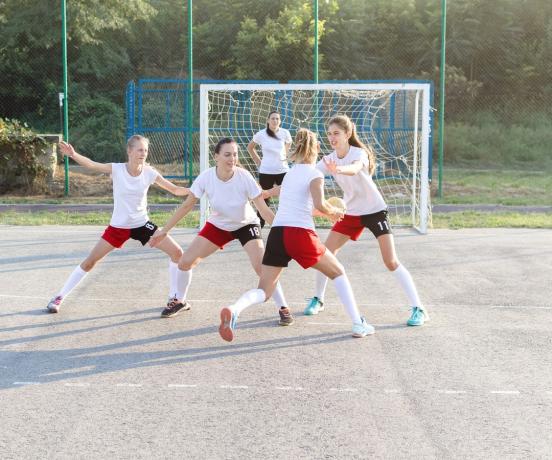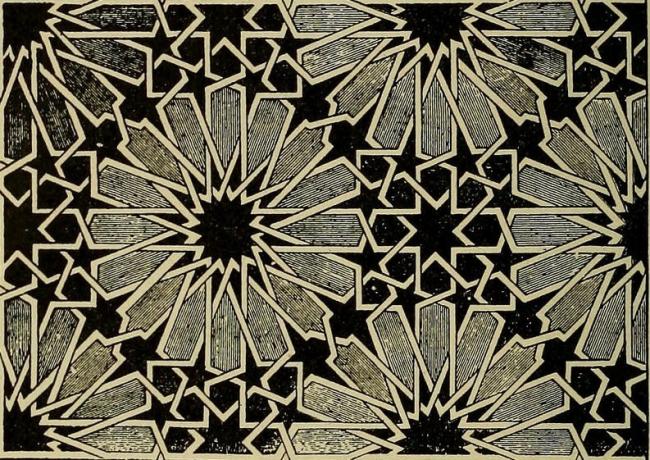Handball is a sport, played as a team, in which the ball must be handled and thrown with the hands only. The big difference is the use of hands to practice the sport.
Etymologically, the word handball arose from the English term handball (hand, which means "hand"; and ball, which means "ball").
Currently, there are two main categories of the sport: men's handball and women's handball, which can be practiced either on indoor courts or on the sand (sand handball).
Handball Rules and Fundamentals
The main rules of a handball game are:
- Two teams with 7 players are needed, one being the goalkeeper;
- Each handball game lasts 60 minutes, divided into two halves of 30 minutes each;
- In case of a tie, there will be an extra time with two times, of 5 minutes each;
- The goalkeeper is the only player who can use his feet to make saves;
- The player in possession of the ball can only take three steps before the throw, to take more than three steps it is necessary to bounce the ball while moving around the court;
- The objective of the game is to score goals, for that the ball must completely cross the opponent's goal line;
- The official measurement of the handball court is 40 x 20 meters, made with a wooden or rubber floor.
Player positions
The positions occupied by the players are:
- goalkeeper;
- pivot;
- central shipowner;
- right owner;
- left owner;
- right tip;
- left end.
 Handball match: the objective is to score the most goals.
Handball match: the objective is to score the most goals.
history of handball
Modern handball emerged in Germany at the beginning of the 20th century. The sport was created by physical education teacher Karl Schellenz (1890-1956) during World War I.
In the beginning, the sport was practiced on a grass field and with two teams of eleven players each, similar to field football. However, with the difference of being played with your hands and not your feet. Incidentally, the use of feet in handball is strictly prohibited, except for the goalkeeper.
Initially, the sport was also played exclusively by women, but it didn't take long for men to start joining handball.
Handball started to be played on courts as of the 1920s. Later, in the 1960s, games on lawns were definitively abolished and the sport began to be practiced only on the courts.
It was in 1934 that the International Olympic Committee (IOC) included handball as a sport in the Olympic Games. The sport was officially played for the first time in the 1936 Olympics, in Berlin. The first World Championship took place two years later, in 1938, also in Germany.
Sand handball appeared some time later, in the 1990s, in Italy.
Read more about Olympics and Paralympics.
Handball in Brazil
Handball arrived in Brazil through German immigrants refugees from the First World War, in the mid-twentieth century. The first match would have taken place in the south of the country, played between immigrants, in 1928.
It is the least practiced collective sport in Brazil, compared to football, volleyball or basketball. Still, the sport is coordinated by the Brazilian Handball Confederation (CFH).
The Brazilian handball team debuted at the Olympics in 1992 and, so far, has never won a medal at the Olympics. In 2013 the women's handball team won the World Championship. The best results of the men's team were the victories in Pan American Championships in 2006, 2008 and 2016.
See other sports: basketball, judo and athletics.

